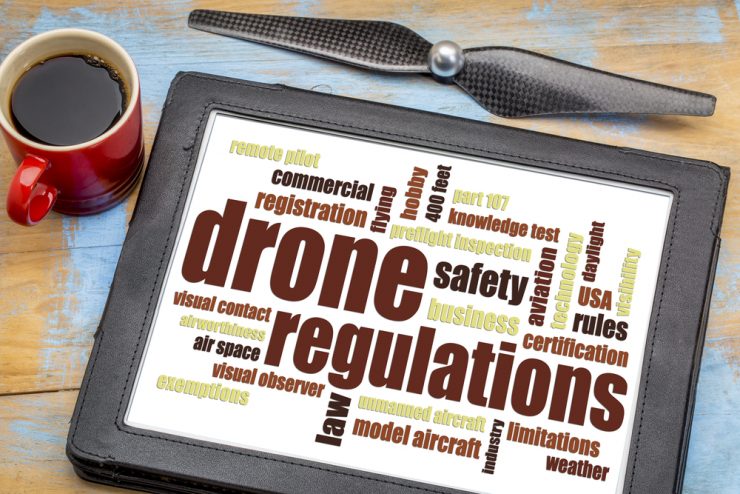By Jenny Beechener
“Beyond Visual Line of Sight (BVLOS) is not working so well,” Co-Chair of the Unmanned Aircraft Safety Team (UAST) and Federal Aviation Administration (FAA) Safety Director Jay Merkle told ATCA president Pete Dumont during an online industry fireside chat on 1 July 2020. “We need to consider what other regulatory policy steps we need to get everyone up to BVLOS”.
UAST was established by FAA Administrator Michael Huerta in 2016 as an industry-government partnership to support safe integration of UAS and build a safety culture across a diverse community of users. It relies on industry participation to identify policy requirements and to develop solutions.
The Integration Pilot Program (IPP) launched by the US FAA in 2017 has played a major part in identifying policy needs for unmanned aircraft systems (UAS) to operate safely in the national airspace system according to Merkle. Data compiled by participants at dedicated sites around the country is informing the rule-making process to ensure safe and secure drone use. It is already influenced activities in the areas of package delivery, emergency management, inspections and surveys, and will be followed by a final report – currently in draft form – due on completion of the programme in October 2020.
“Our number one challenge is to bridge the gap between new entrants and existing users,” says Merkle. “UAST is helping the community to build a safety culture as strong as any other part of aviation. The democratisation of these systems means operators can accidentally enter aviation.” He believes the introduction of remote identification and manufacturing requirements within three years will “put any new purchaser on a path where they can’t ignore their aviation responsibilities” where all drones manufactured in the US will come with remote identification. “They are going to have to actively participate in knowledge and registration in order to get that drone to operate.” He adds there remains an ongoing need to educate and reach this community through agencies and representative organisations at local level.
Co-chair and Director of Safety and Regulatory Affairs at Amazon Prime Sean Cassidy highlights the difficulty of finding common ground among diverse stakeholders. “Safety is the one area where no one competes,” and this has helped to align everyone around the need to build a safety culture. He adds: “The key to making this a success is making compliance easy and accessible, for example the FAA’s development of user-friendly tools and apps.”
The UAST has also learned from parallel developments overseas, in particular the introduction in Europe of Specific Operational Risk Assessment (SORA) that promotes a standardised approach. “The same principles apply wherever you operate,” says Cassidy. Regular meetings with international partners also support development of a global community.
Merkle says IPP continues to support UAST work: “We have two Part 135 carriers operating drones as their fleet: Wing in Virginia, and UPS in North Carolina. We have a number of others on the way, but those two came to us through IPP. That has taught us so much about our existing regulatory framework. For example, we knew we wanted to use this, but it is designed for manned aviation. Walking through the Part 135 exemptions really showed us the performance characteristics we need to define and embody so that we can get these air carriers up and running in a more scalable way. We are now discussing internally: Is it better to revamp 135 for everybody and make it a performance-based rule? Or is it easier to make a new rule that is specifically for drones?”
Merkle describes another vehicle used by the UAST called Partnership for Safety. “A company doing ground-braking work that would benefit us in terms of future policy can also partner with us.”
Among UAST deliverables, the partnership has completed the first phase of the ‘Safety enhancements for airspace awareness’ programme. “We call this safety-out-of-the-box,” says Cassidy. “We are promoting manufacturers to design vehicles that are going to have the ability to be programmed to avoid restricted airspace, temporary flight restrictions or military areas. Another part is the basic skills operators should be thinking about such as do you know if your gear comes with geofence capabilities? Have you checked the B4U fly app page on your cell phone? All this has to be consumable and easily understood. We are moving in that direction.”
(Image: Shutterstock)
For more information visit:




